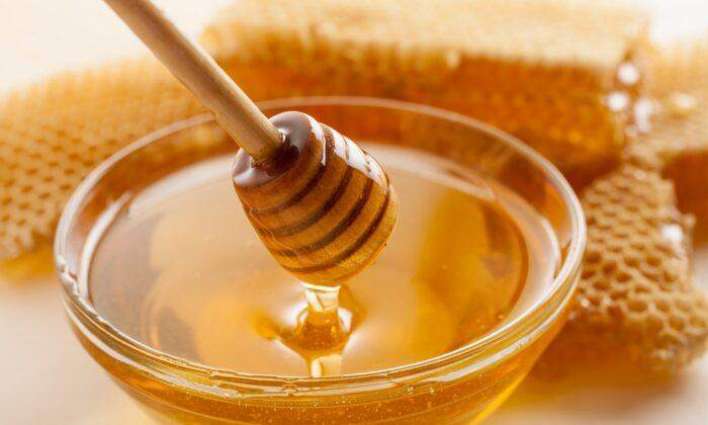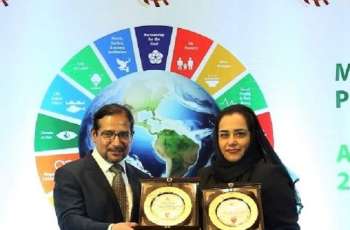The fact that radioactive cesium is still found in food following global nuclear weapons tests of the mid-20th century shows that when humans put something harmful into the environment, it will stick there for generations, Jim Kaste, an Associate Professor of Geology and Director of Environmental Science and Policy Program at the Virginia-based College of William and Mary, told Sputnik
MOSCOW (Pakistan Point News / Sputnik - 27th April, 2021) The fact that radioactive cesium is still found in food following global nuclear weapons tests of the mid-20th century shows that when humans put something harmful into the environment, it will stick there for generations, Jim Kaste, an Associate Professor of Geology and Director of Environmental Science and Policy Program at the Virginia-based College of William and Mary, told Sputnik.
A study, published in the Nature Communications scientific journal in late March, revealed that at least 68 of 122 distinct honey samples in southeastern US states show amounts of cesium-137. The radioactive element is a relic of numerous bomb tests, which were conducted by the US on the Marshall Islands and the Soviet Union on Novaya Zemlya archipelago in the Arctic Ocean, which is now the territory of northern Russia.
"The fact that we can still measure 137Cs [cesium-137] in food from global nuclear weapons tests after 2 half-lives have elapsed is an indication of how significant the pollution was in the 1950s-1960s," Kaste, the lead author of the study, said.
Kaste noted that the main lesson is that pollutants that mimic nutrients like cesium-137 which mimics potassium can be cycled by vegetation for over half a century years in certain areas because of soil properties.
"It shows us that when humans put something harmful in the environment, plants may absorb it from soils for generations," he said.
Meanwhile, in his study, Kaste repeatedly draws his attention to the fact that all the honey samples were safe for consumers.
"The northeastern U.S. received slightly higher 137Cs deposition than the southeastern U.S. from the weapons tests, but, interestingly, the honey in the southeastern U.S. had higher 137Cs concentrations. While the honey in the southeastern U.S. was higher in 137Cs, it is still safe for human consumption," he said.
According to him, an interesting finding is that plants are more prone to absorbing 137Cs from soils in the southeastern US because of the soil properties.
"This process is captured by the analysis of honey; bees bring contaminants which are present in plant-derived nectar back to the hive and concentrate them as they produce honey," he said.
The US and the Soviet Union performed their nuclear tests during the Cold War as part of the nuclear arms race. Over 1,000 nuclear tests were conducted by the US, while the Soviets made over 700 tests, according to the official data. The majority of the tests in the US took place at the Nevada Test Site and in the Marshall Islands, as well as in Alaska, Nevada, Colorado, Mississippi, and New Mexico. The Soviet Union performed the tests on the territory of modern Kazakhstan and in Novaya Zemlya.




